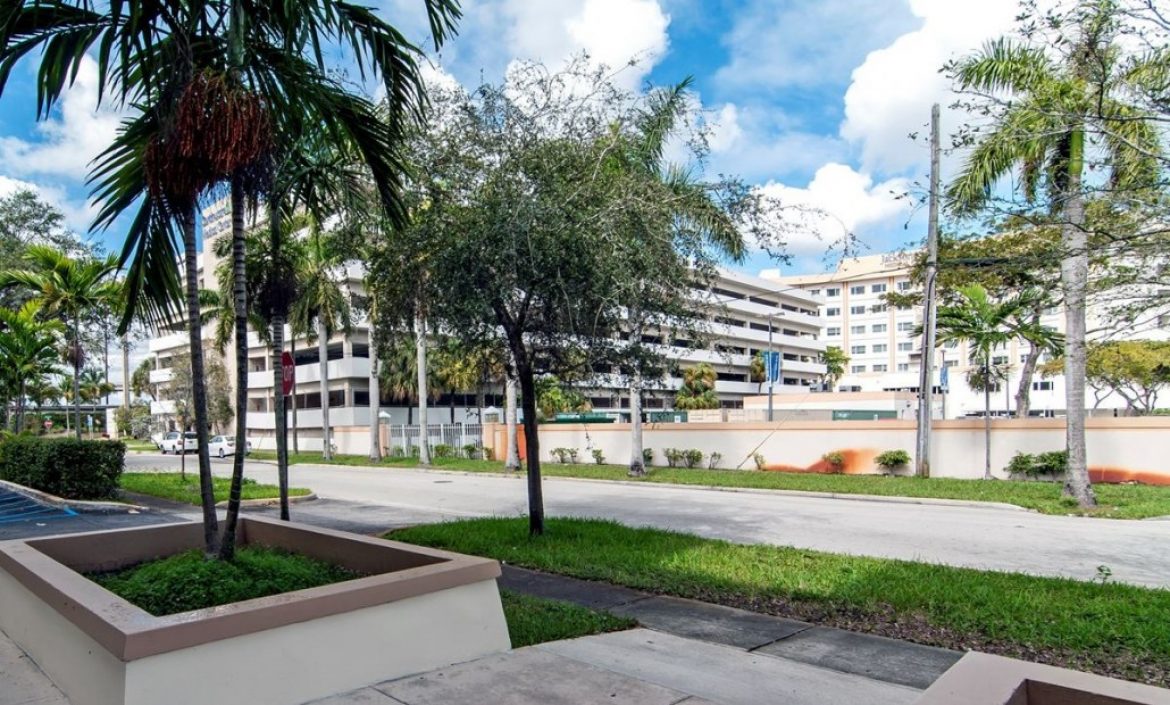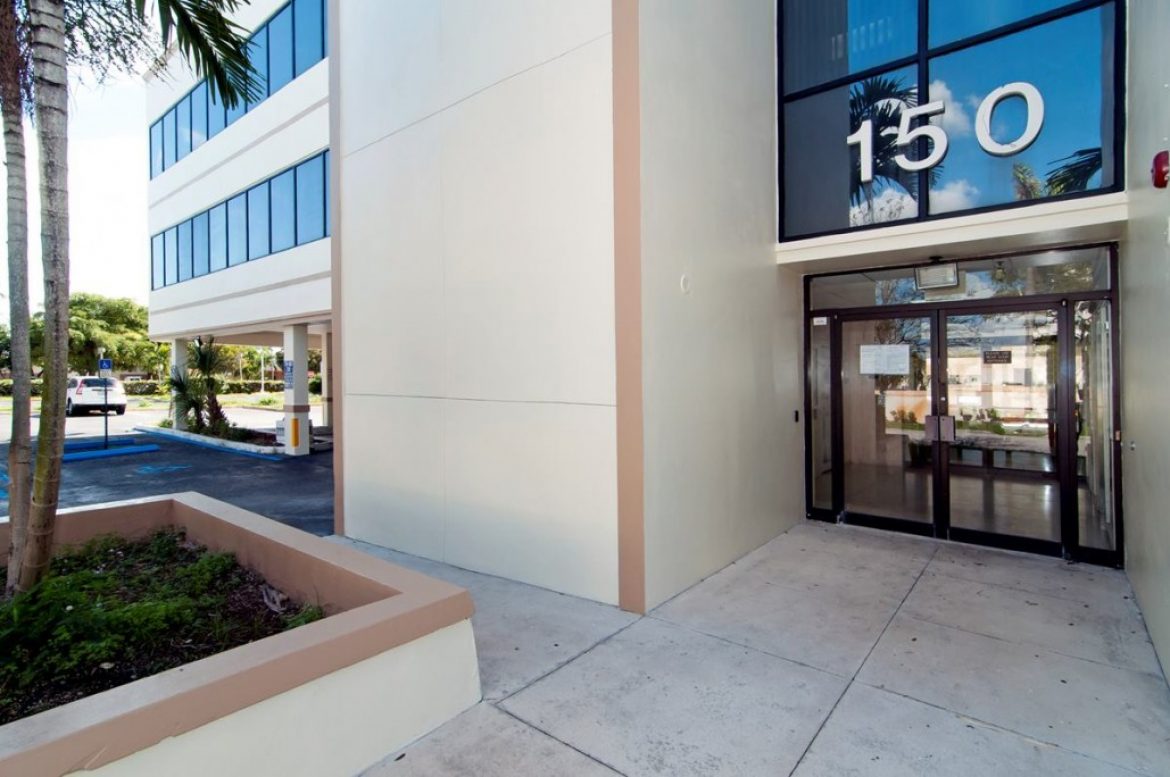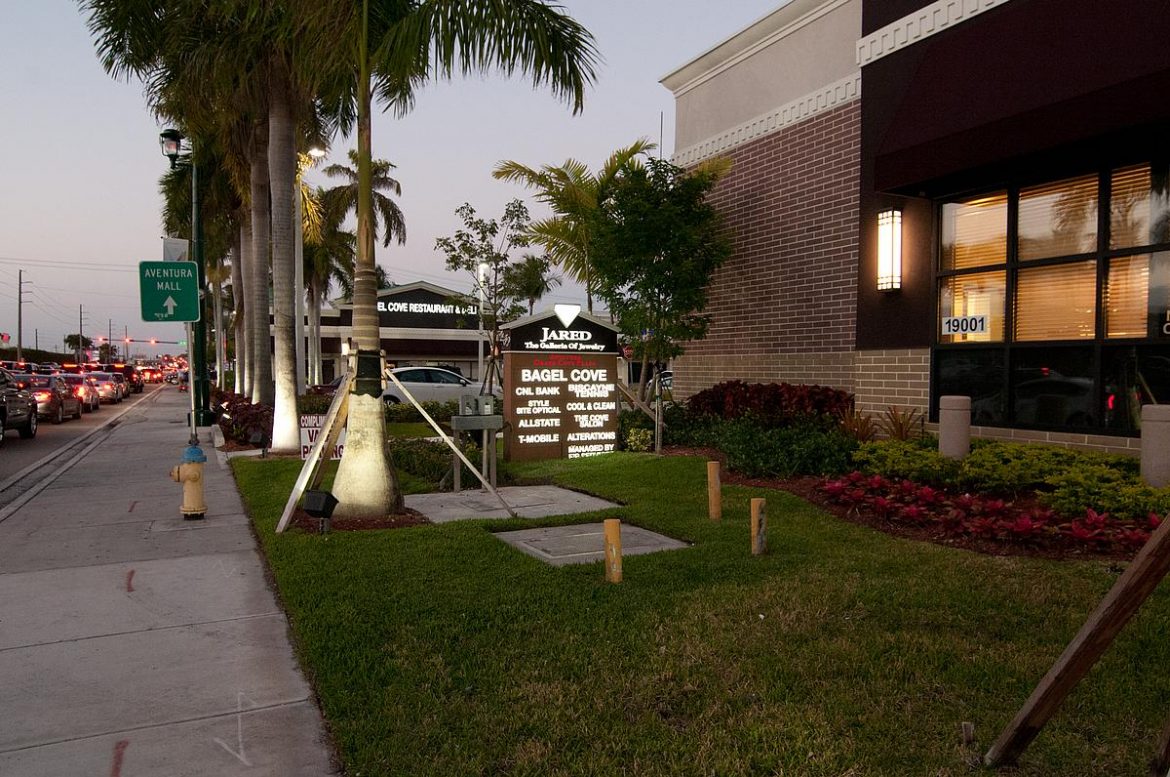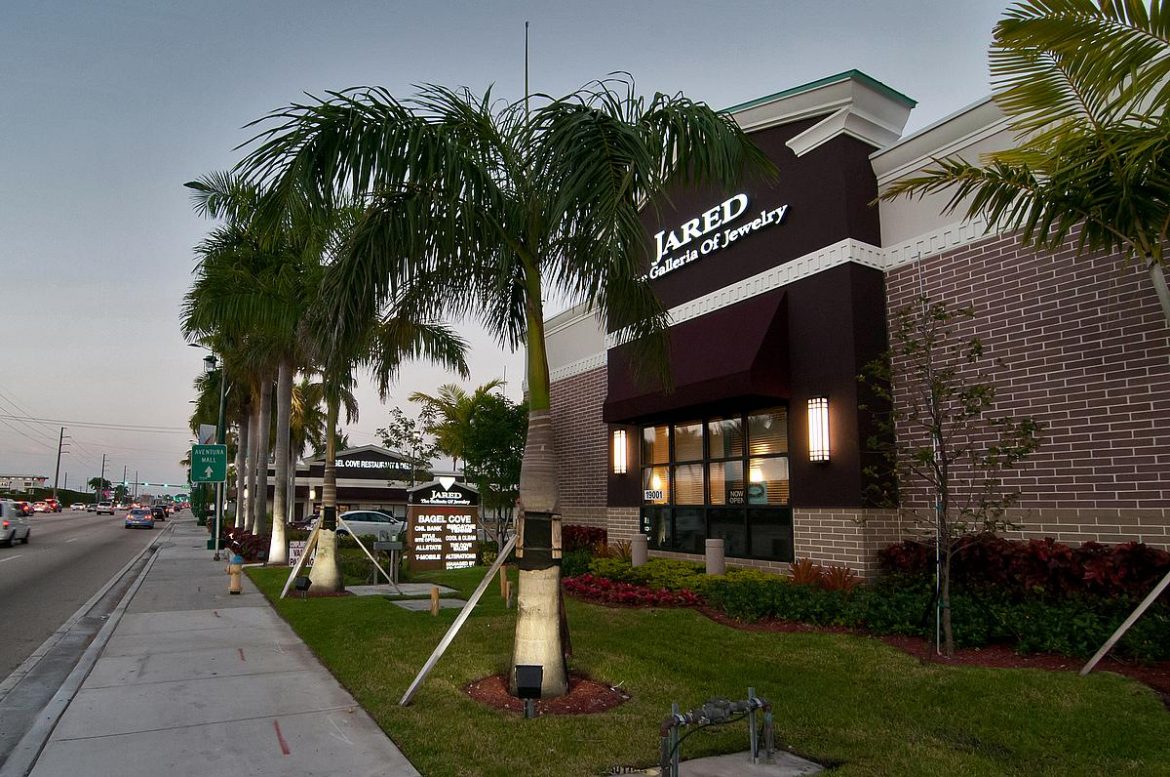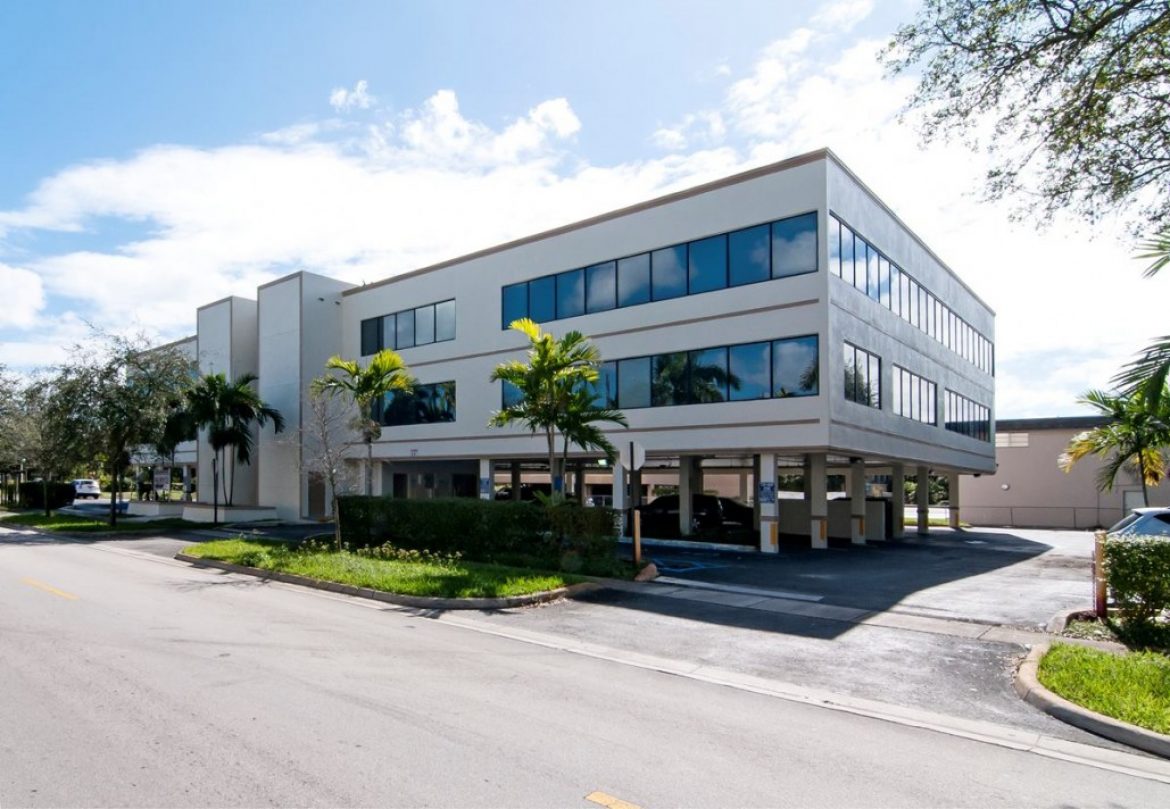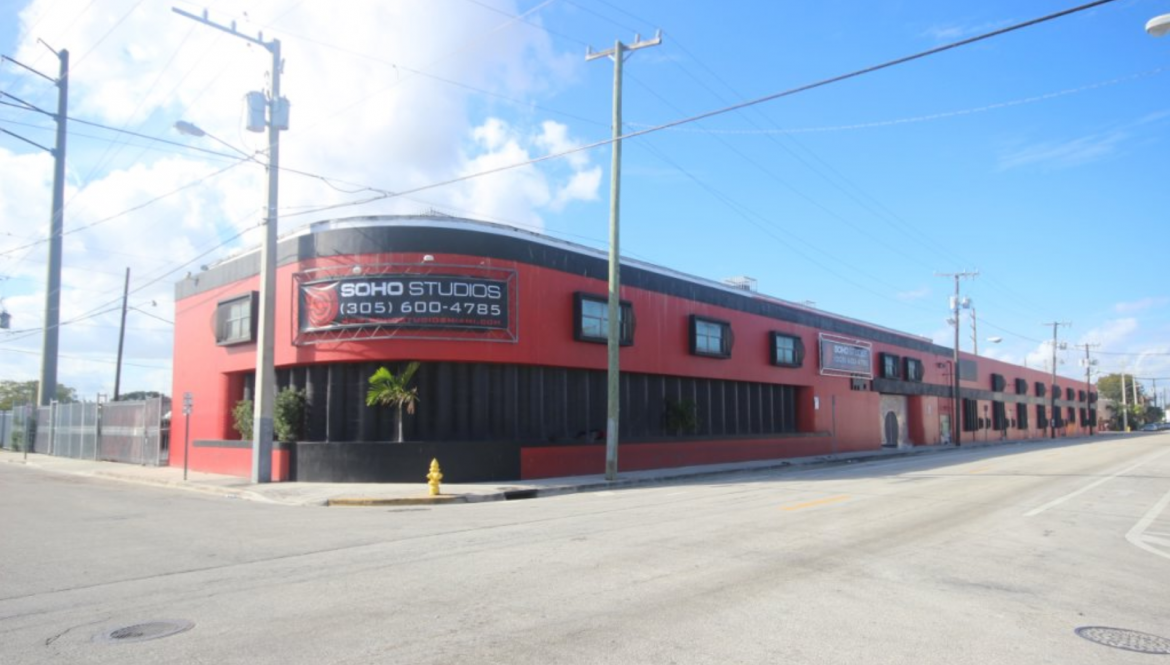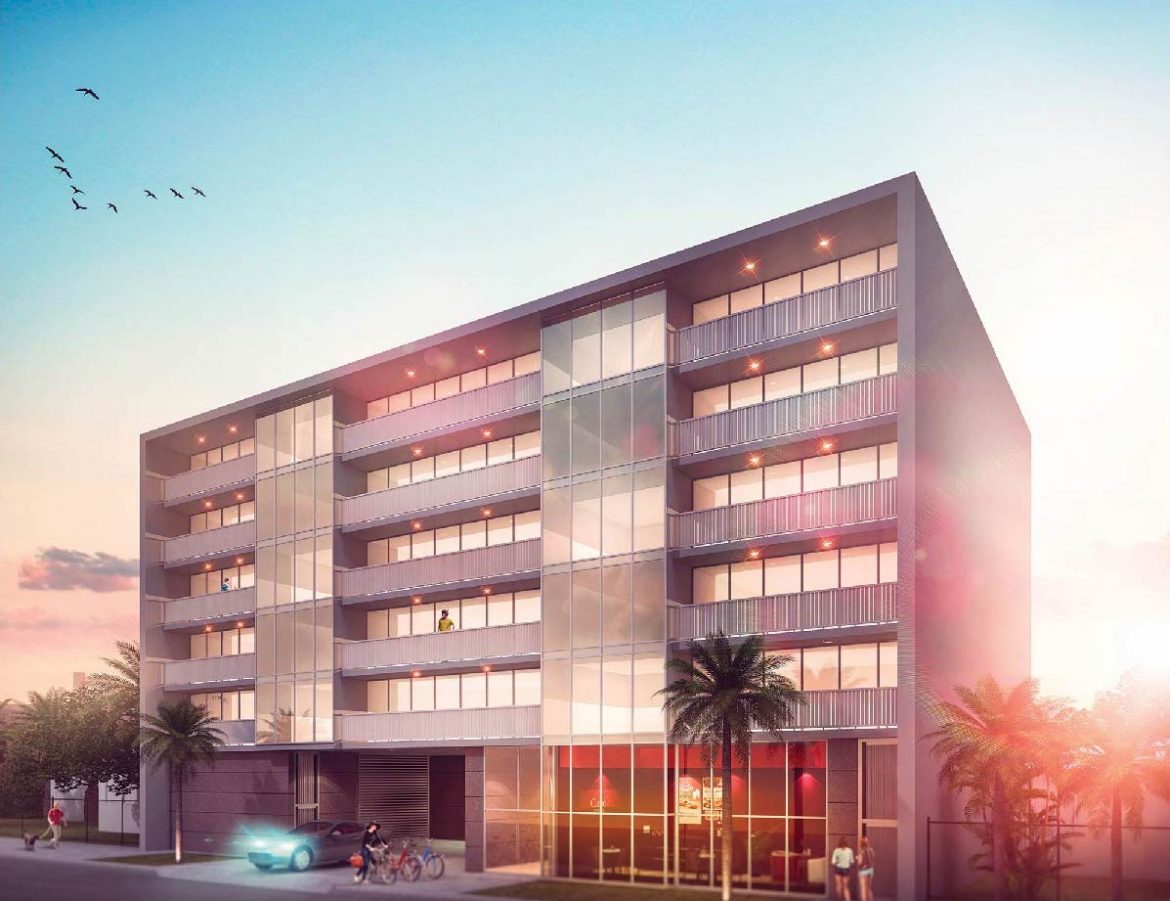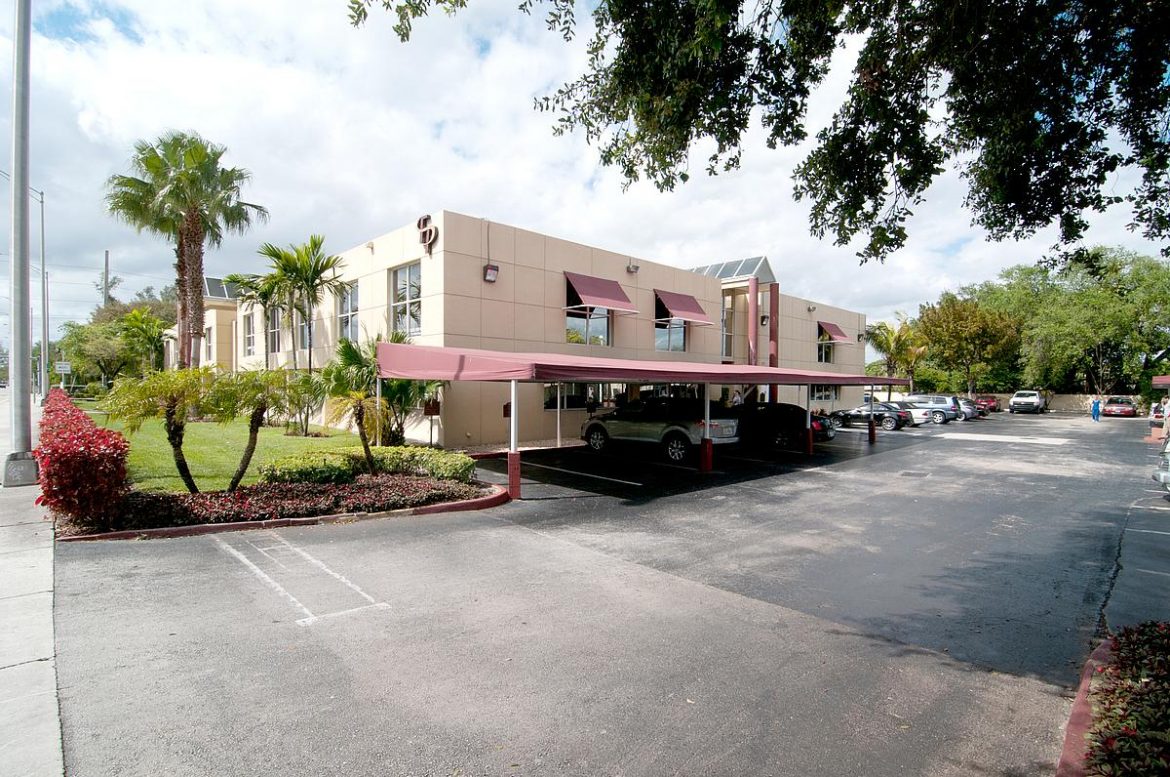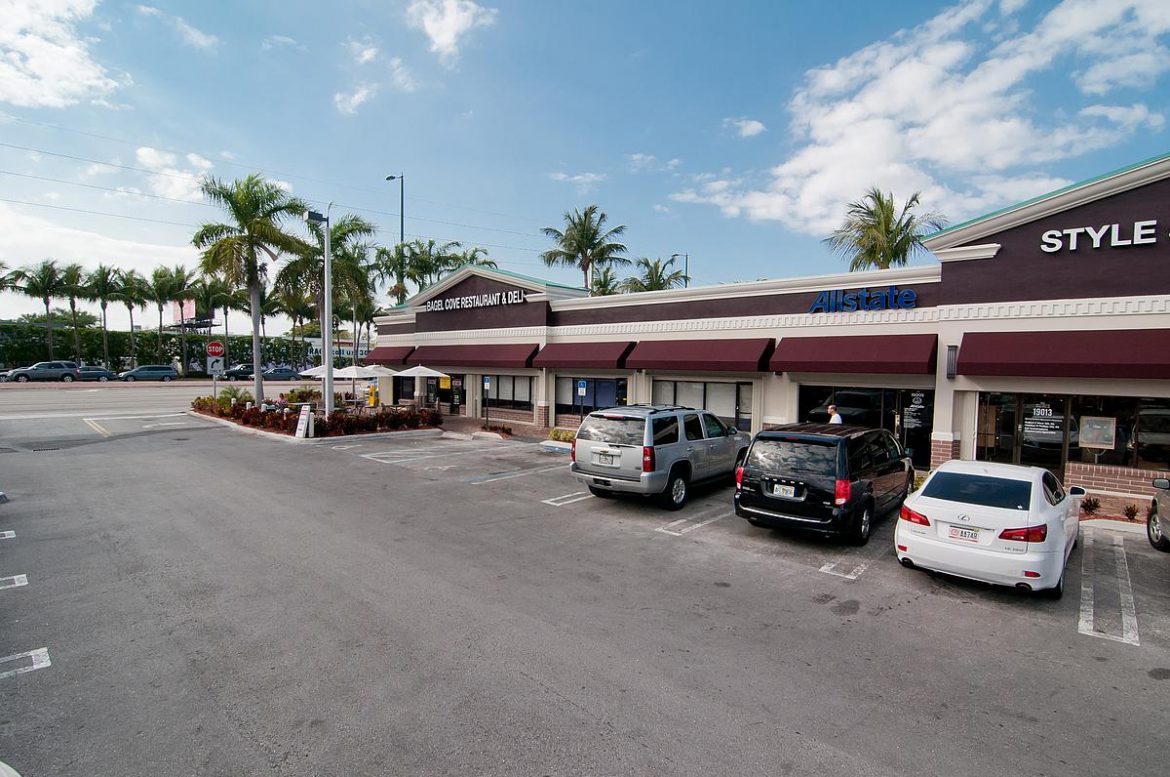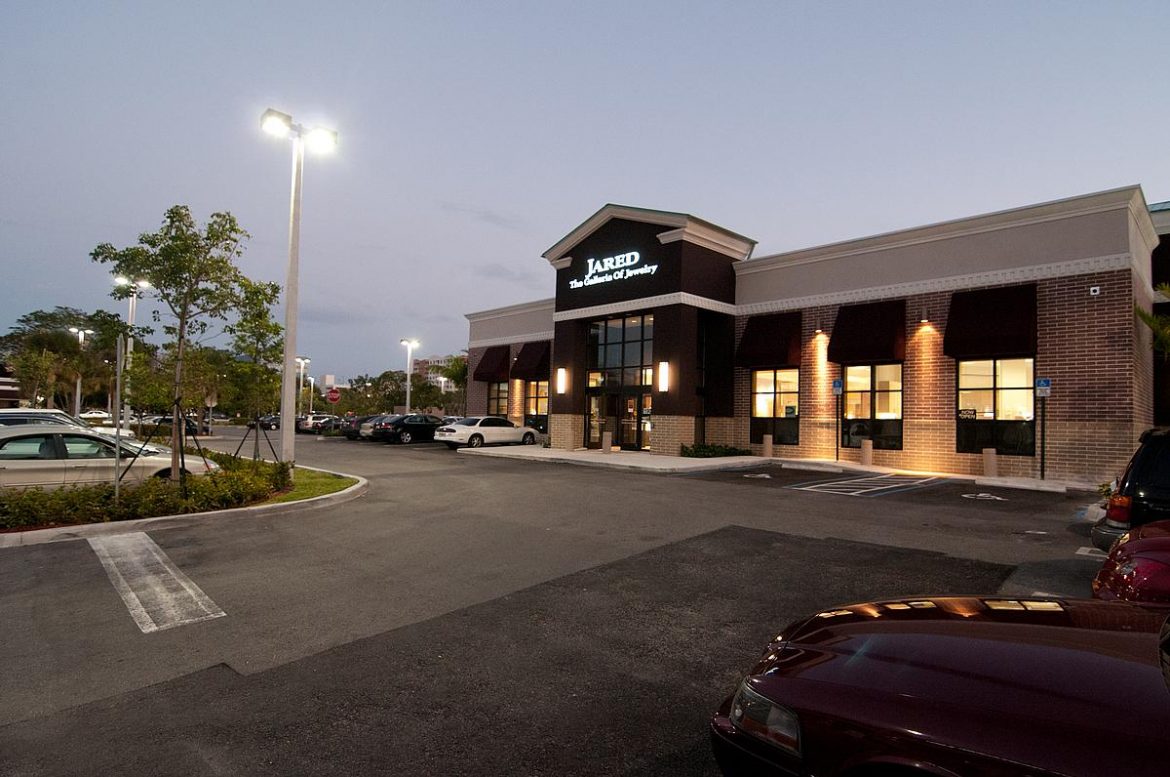The Covid-19 pandemic has created an unprecedented challenge for the real estate industry.
Commercial real estate professionals have had to navigate new obstacles like virtual showings, finding buyers during an economic downturn and perhaps most significantly, the shift away from centralized offices toward full-time remote work.
The current climate and circumstances will continue to impact real estate trends in the months and years to come, and if you’re in the industry, it’s important to be prepared for what’s ahead. To help, Forbes asked 14 members of Forbes Real Estate Council for their insights.
Below the members identified the biggest factors driving commercial real estate trends this year and beyond.
1. Utility Management For Remote Work
One factor is the ability of some companies to effectively and responsibly manage critical business initiatives while telecommuting. Companies are evaluating the health, safety and necessity of their employees working remotely versus maintaining the continuity of a central office location which may have redundant electrical power, data connectivity and other security measures necessary to maintain sales and operations. – Josh Gopan, Simone Development Companies
2. The Need For Office Space In The Home
While everyone has always needed a place to live, people’s homes now have added value. With many people shifting their workplaces from offices to their homes, their dwelling also has increased in importance. Conversely, this has had a detrimental effect on office space across the country. – Matt Picheny, MJP Property Group
3. Smart Amenities
The adoption of technology will drive smart amenities from the “nice-to-have” column to the “need-to-have” column as restrictions are put in place by local, regional and state governments. Adoption was already trending up pre-Covid-19, but should continue to see a strong increase over the next 12 to 24 months. – Marshall Friday, ADT Security Services
4. Newly Available Subleases
Large, established institutions, like Twitter, Facebook, etc. have put work from home requirements in place that are minimizing their physical space requirements. Combined with businesses negatively affected by Covid-19, there is a large volume of subleases hitting the market. Younger companies that are doing well are looking for flexible space and terms, so subleasing might be the top CRE trend. – Matt Weirich, Realync
5. Less Demand For Commercial Office Space
The outlook of office space is uncertain, but possibly very dark. Businesses had to adjust quickly to a virtual workforce. Many of those businesses will find that they can operate just as well without the overhead costs associated with owning or leasing a physical office. – Chris Bounds, reHacking / Bounds Realty Group by eXp Realty
6. Uncertainty Around Retail Business Operations
One of the key factors driving commercial real estate trends since Covid-19 is the uncertainty surrounding which type of businesses will be able to operate during the pandemic and how that drives the values of those assets. Businesses in strip malls, like nail salons and hair salons, have previously been immune from fluctuations in the economy, but are now at the peril of intermittent shutdowns. – Todd Sulzinger, Blue Elm Investments
7. Property Maintenance As A Priority
Covid-19 has pushed property maintenance to the forefront. Consumers are more concerned about disinfecting than ever, and well-maintained locations—including everything from sanitization to spotless floors and regular, visible cleaning to fresh landscaping—instill confidence. Facilities maintenance is an area companies will need to increase investment in as it becomes integral to brand experience. – Marc Shiffman, SMS Assist
8. High Demand For Essential Businesses
In the net lease world, investors are focusing on quality and stability, both for guarantor and real estate fundamentals. We’re seeing very high demand and capital being reallocated to essential businesses like grocery stores, dollar stores, auto parts and service centers, pharmacies, medical companies and quality guarantors in fast food. Stable cash flow with quality tenants paying rent wins in a high-risk market. – Kyle McCollum, Trinity Real Estate Investment Services
9. Short-Term Market Performance
Covid-19 prompted many investors to spend more time tracking short-term market performance. From an investment perspective, our strategy and analysis begins by evaluating which sectors experienced stability in the last 20 weeks. Multifamily, self-storage, healthcare, NNN retail and office performers are well-documented, however, we must consider how each asset will also perform in the long run. – Keith Lampi, Inland Private Capital Corporation
10. Increased Importance Of Rental Property Amenities
With many people sheltering in place, office properties are relatively empty and time spent at home has never been higher. This makes multifamily amenities increasingly important. The trend of renters seeking well-appointed properties is not new, but in the wake of Covid-19, the value of on-site dining options, co-working lounges, fitness centers and other amenities has never been greater. – Salvador Garcia, MAS Development Group
11. The Internet’s Impact On Land Value
Technology and digital connectivity have disrupted many industries and real estate is not immune. We have been forced to realize that such advances may alter our approach to land use and the built environment. There will be increasing discussion about the effect of the internet on the value of land generally, although we are in the very early stages. – Eliot Bencuya, Streitwise
12. Changes In How Office Space Will Be Used
When demand returns for office, the largest part of the workforce will be hybrid workers that come to the workplace two to three days a week. This is down from four to five days per week meaning a 20 to 30% decrease in demand for office, retail, hospitality, etc. This will dramatically shift how these assets are used and valued. We will see the productization of the office from a couple of products to several. – Jacob Bates, CommonGrounds Workplace
13. Industry Adaptability And Resilience
This trend is truly remarkable as it has shown how resilient the industry is. The market has made huge progress in creating work-from-home environments with management companies investment firms and doing the best they can through the use of many tech support programs. It’s been remarkable to see this trend take life while showing the industry stays strong (thanks to interest rates being low). – Heidi Burkhart, Dane Real Estate
14. Capital Reallocation
As we’ve seen in past downturns, there is a massive reallocation of capital for investment to commercial sectors deemed safer with cash flows that are perceived to be more durable. Look for pricing to tighten and competition to increase in multifamily, industrial, self-storage and medical sectors while loosening in retail, office and hospitality. – Max Comess, Hodges Ward Elliott, LLC.
Source: Forbes
